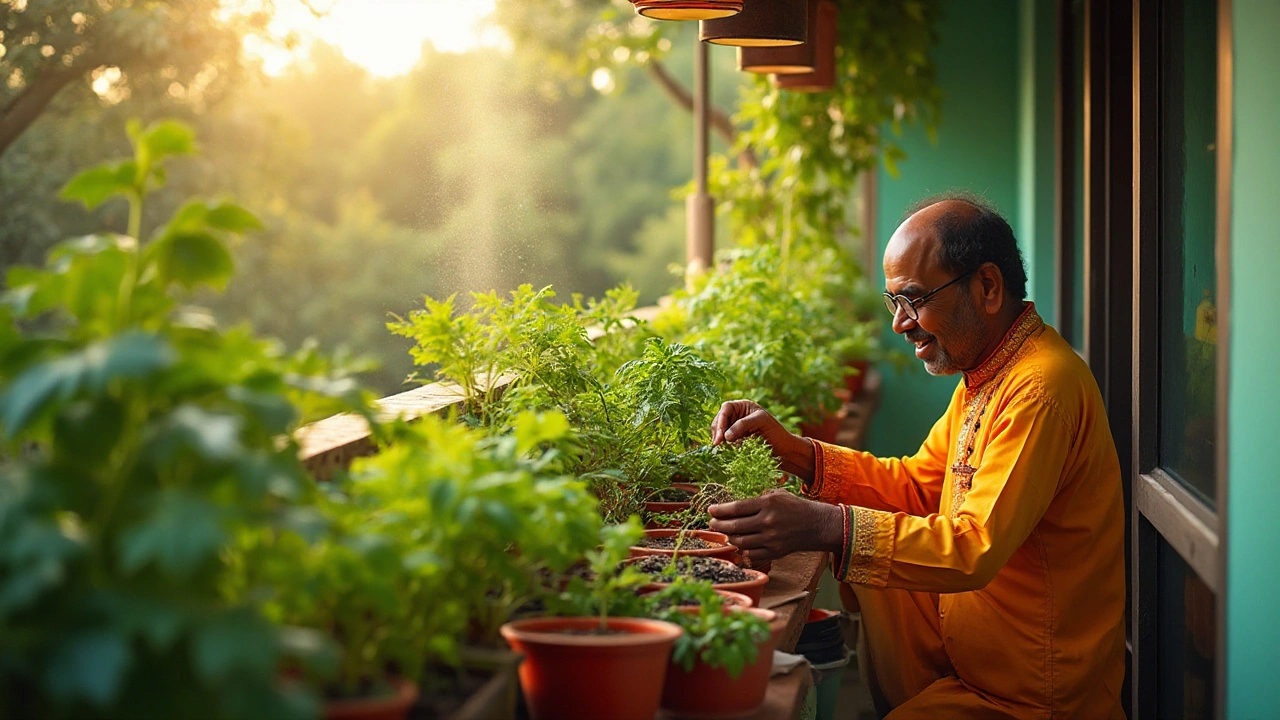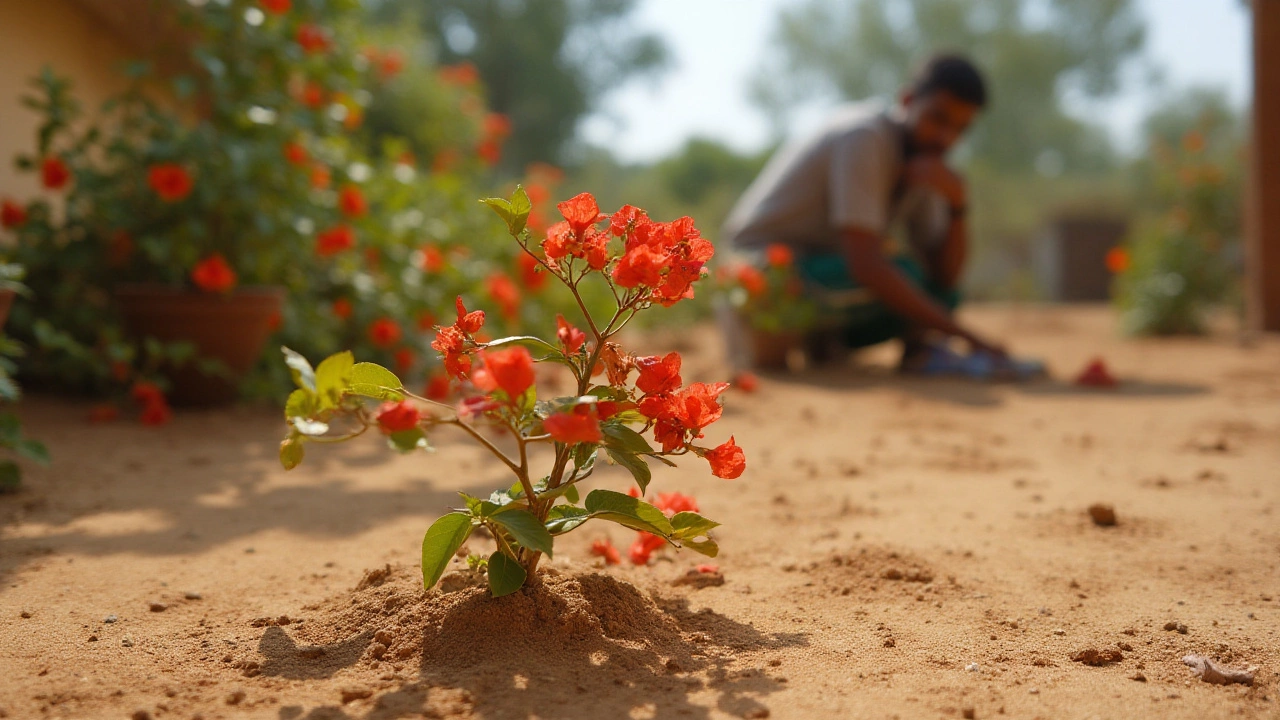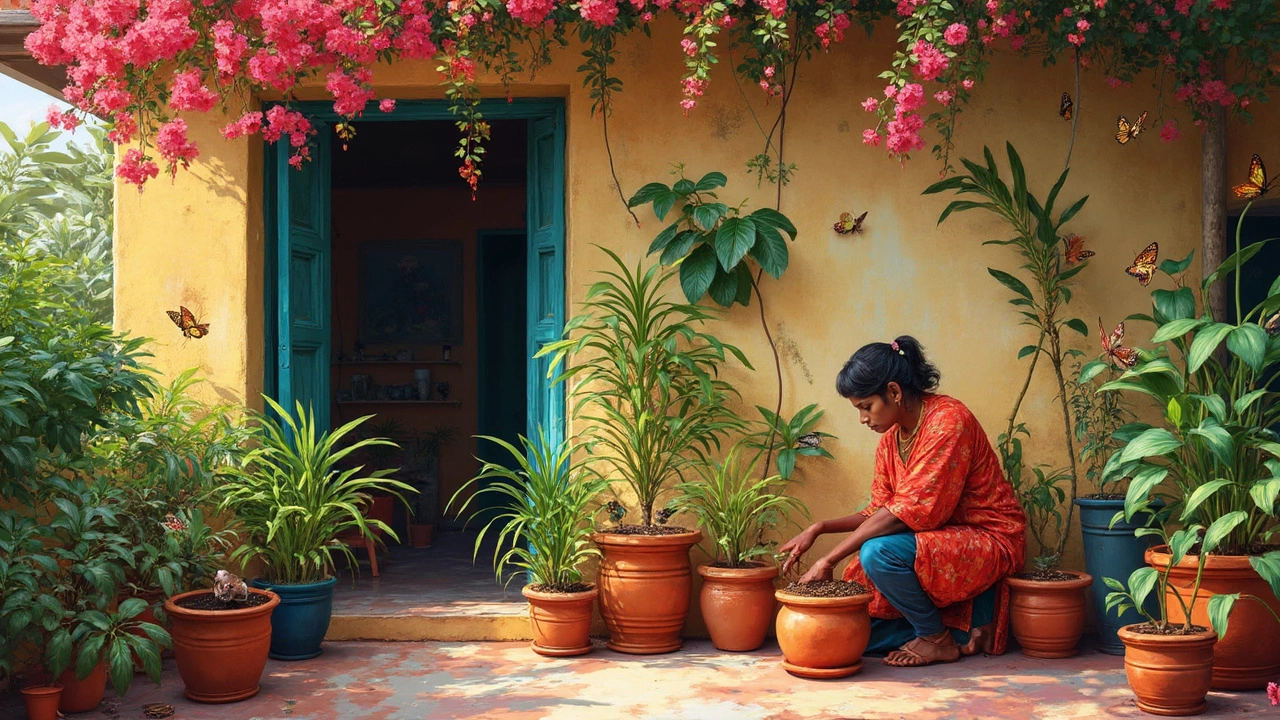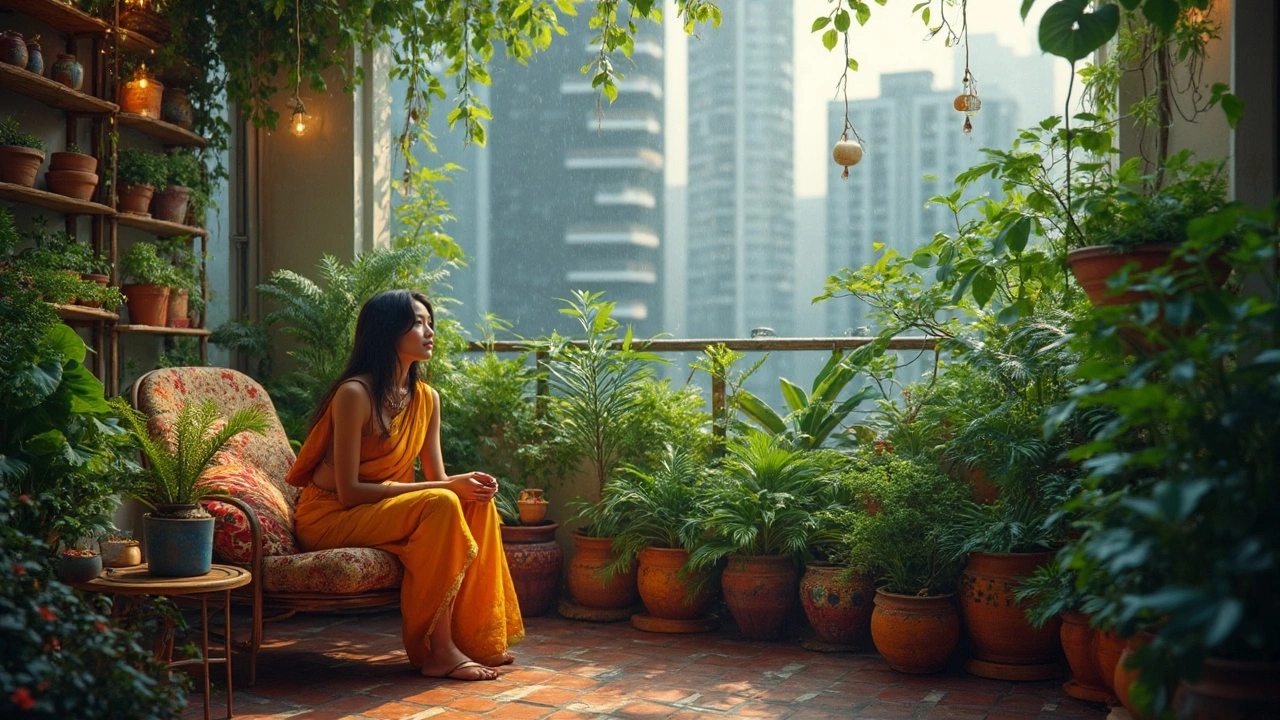Vegetable Garden Essentials
When you talk about vegetable garden, a space where edible plants like tomatoes, carrots, and leafy greens are grown, typically outdoors or in containers. Also known as veg garden, it offers fresh food and a hands‑on lesson in soil health. vegetable garden is more than a hobby; it’s a small ecosystem you can shape.
Key Practices That Shape a Successful Veg Garden
One of the most popular ways to start is with a container garden, growing vegetables in pots, bins or other movable containers. Containers let you control soil type, drainage, and sunlight exposure, making them perfect for balconies or rooftops. Another proven method is no‑till gardening, a soil‑friendly technique that minimizes disturbance, preserves structure, and encourages microbes. By leaving roots in place, you keep moisture where the plants need it most and reduce weed pressure.
Water management ties everything together. Understanding soil moisture, the amount of water held in the soil that’s available to plant roots helps you avoid over‑watering or drought stress. Simple tools like a finger test or a cheap moisture meter give quick feedback. When you pair accurate moisture monitoring with drip irrigation, a low‑pressure system that delivers water directly to the root zone, you slash water waste and keep plants happy.
These ideas connect in clear ways. A vegetable garden encompasses container garden setups, while container garden requires careful soil moisture control. No‑till gardening improves soil health in a vegetable garden, and drip irrigation enhances water efficiency for both container and in‑ground beds. Together, they form a loop: healthy soil holds moisture, moisture guides irrigation, and irrigation supports thriving crops.
Beyond the basics, you’ll find tricks that fit Indian climates. For instance, using mulches made from local straw or coconut husk helps retain moisture during hot summers. Adding compost or well‑rotted manure boosts organic matter, which is a boon for both no‑till and container systems. And when you face a rainy monsoon, covering beds with temporary shade nets can protect seedlings from waterlogging.
Whether you’re a city dweller with a balcony or a homeowner with a backyard plot, the same principles apply. Start small, observe how the soil feels after each watering, and adjust your drip lines or container mix accordingly. Over time you’ll notice patterns – tomatoes love consistent moisture, while root veggies tolerate a bit drier surface layers.
In the collection below you’ll discover hands‑on guides that walk you through daily watering myths for containers, step‑by‑step drip installation, soil rehydration hacks, and why no‑till is gaining traction among Indian gardeners. These resources break down each technique into actionable steps, so you can put them into practice right away.
Ready to turn your plot into a thriving veggie oasis? Dive into the articles ahead and start building a garden that feeds both body and mind.
Balcony Gardening: Growing the Slowest Vegetables
Growing vegetables in a balcony garden offers the joy of harvesting fresh produce right from your doorstep, but patience is key, especially with certain vegetables that take longer to mature. This article explores which vegetables take the longest to grow and why. It provides insights on managing expectations, understanding growth cycles, and effective techniques to optimize your balcony garden for these slow growers. Don't let limited space deter your gardening ambitions; instead, embrace the challenge and reward of growing vegetables that require extra time and care.
- manufacturing
- India
- food processing
- garden tips
- rice cultivation
- government schemes
- balcony garden
- urban gardening
- balcony gardening
- profitable business
- business ideas
- plastic manufacturing
- drip irrigation
- plant care
- steel manufacturing
- sustainable gardening
- startup ideas
- steel industry
- flower gardening
- textile manufacturers






